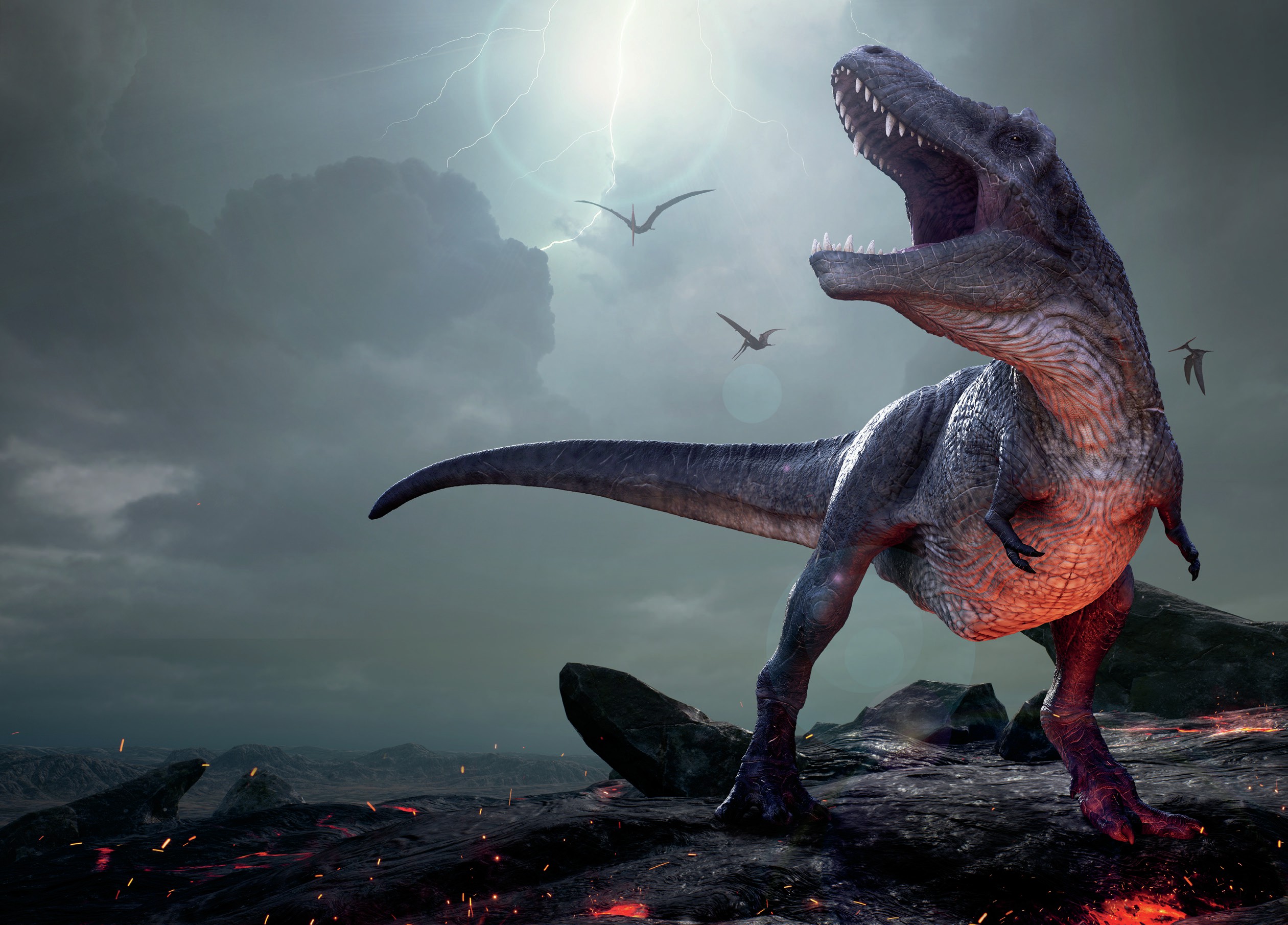
The terms in bold link to topics in the AQA, Edexcel, OCR, WJEC and CCEA A-level specifications, as well as the IB, Pre-U and SQA exam specifications.
As well as developing radar techniques that exploit the inversesquare law, Alvarez carried out important work on electron capture and nuclear decay, and developed the bubble chamber used to study subatomic particles. He pioneered the use of muons to probe Egyptian pyramids, and contributed to theories of asteroid impact to explain dinosaur extinction.
Your organisation does not have access to this article.
Sign up today to give your students the edge they need to achieve their best grades with subject expertise
Subscribe




